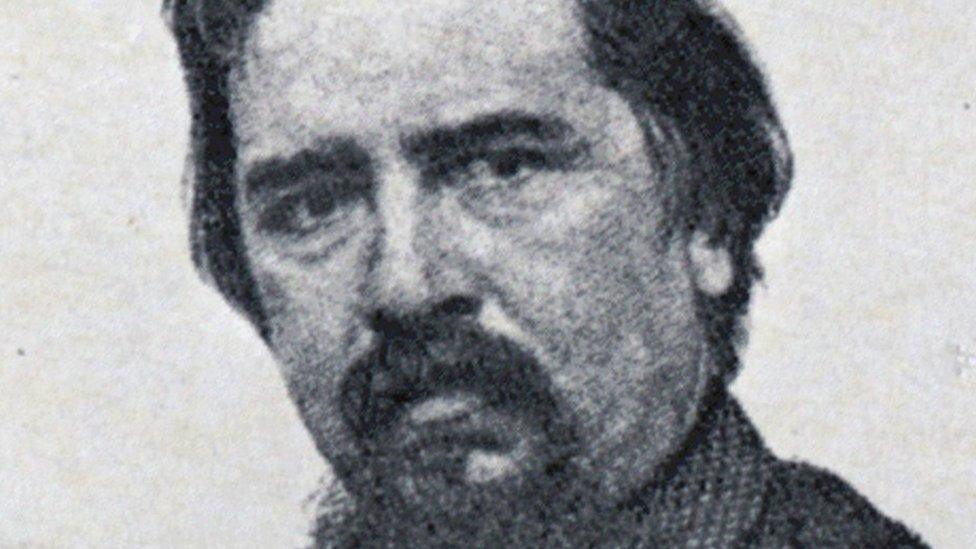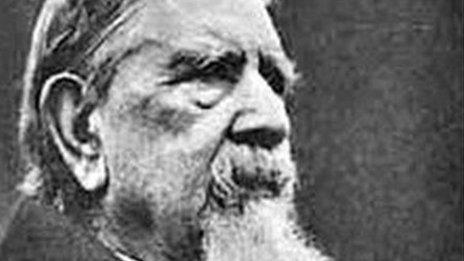Swansea man founded one of China's biggest hospitals
- Published

Swansea's Griffith John set sail for China in 1855 as a penniless 24-year-old missionary with a zeal to spread the gospel through good works.
The Wuhan Union hospital he founded is now, 160 years later, one of China's biggest - with more than 5,000 inpatient beds and treating 3.5 million patients annually.
Born in 1831 to a copper-working family in Greenhill, Mr John lost both his parents when he was young, in separate cholera outbreaks.
But he proved himself to be an outstanding scholar. Too poor to be educated in school, from the age of eight he studied alongside much older boys at Ebenezer Chapel, and by 14 he was preaching all over south Wales.
'The boy preacher'
Rev Graham John, the current minister of Ebenezer, said that by the time Mr John left for China it was already apparent what an "extraordinary man" he was becoming.
"By the late 1840s Griffith was already something of a local celebrity as 'the boy preacher', earning praise for both the depth of his knowledge and the passion with which he preached," he said.
"But what he achieved in China was outstanding. He was preaching in Chinese inside six months and translated the gospels into not one but several Chinese dialects."
Mr John's arrival in China coincided with the outbreak of the second opium war. He was an outspoken critic of his own country's opium trade and his first ventures into healthcare were clinics to help wean people off the drug.
Yet the settlement agreed at the end of the war opened up China's interior to the West for the first time, and allowed Mr John to spread his work even further.
"Even after the Opium War, most British missionaries stayed around the more westernised seaports," Rev John said.
"But Griffith John wanted to reach people deep in the baking interior, where he was often chased away with rocks by people who'd never seen a westerner before."

Swansea University Medical School hosted the second UK-China medical forum
Mr John soon won over the locals, and travelling more than 2,000 miles around what is now Wuhan, by the turn of the century he had established more than 12 schools and eight hospitals including, in 1866, Wuhan Union.
It is a link with Wales which has stayed to this day, with Wuhan Union now three years into a collaboration with Swansea University's College of Medicine.
Marking the 160th anniversary of Mr John's departure for China, a delegation from Wuhan visited Swansea.
Professor Keith Lloyd, the college's head, said: "When our colleagues from Wuhan first came over in 2012 they presented us with a bust [of Griffith John], and an enormous statue of him stands outside the hospital in China."
Mr John's work in China lasted 55 years. He returned home shortly before his death aged 80, in January 1912.
He is buried at Bethel Chapel in Sketty, and is remembered in the names of flats and streets around Greenhill.
- Published30 November 2012

- Published7 July 2013
